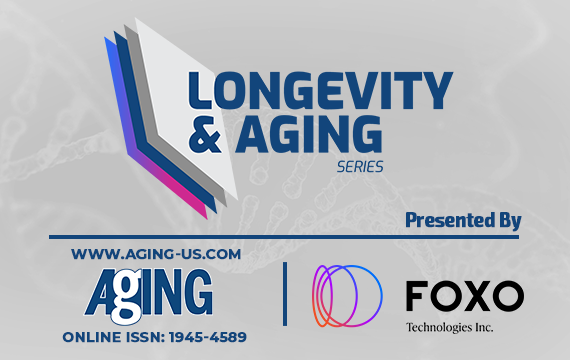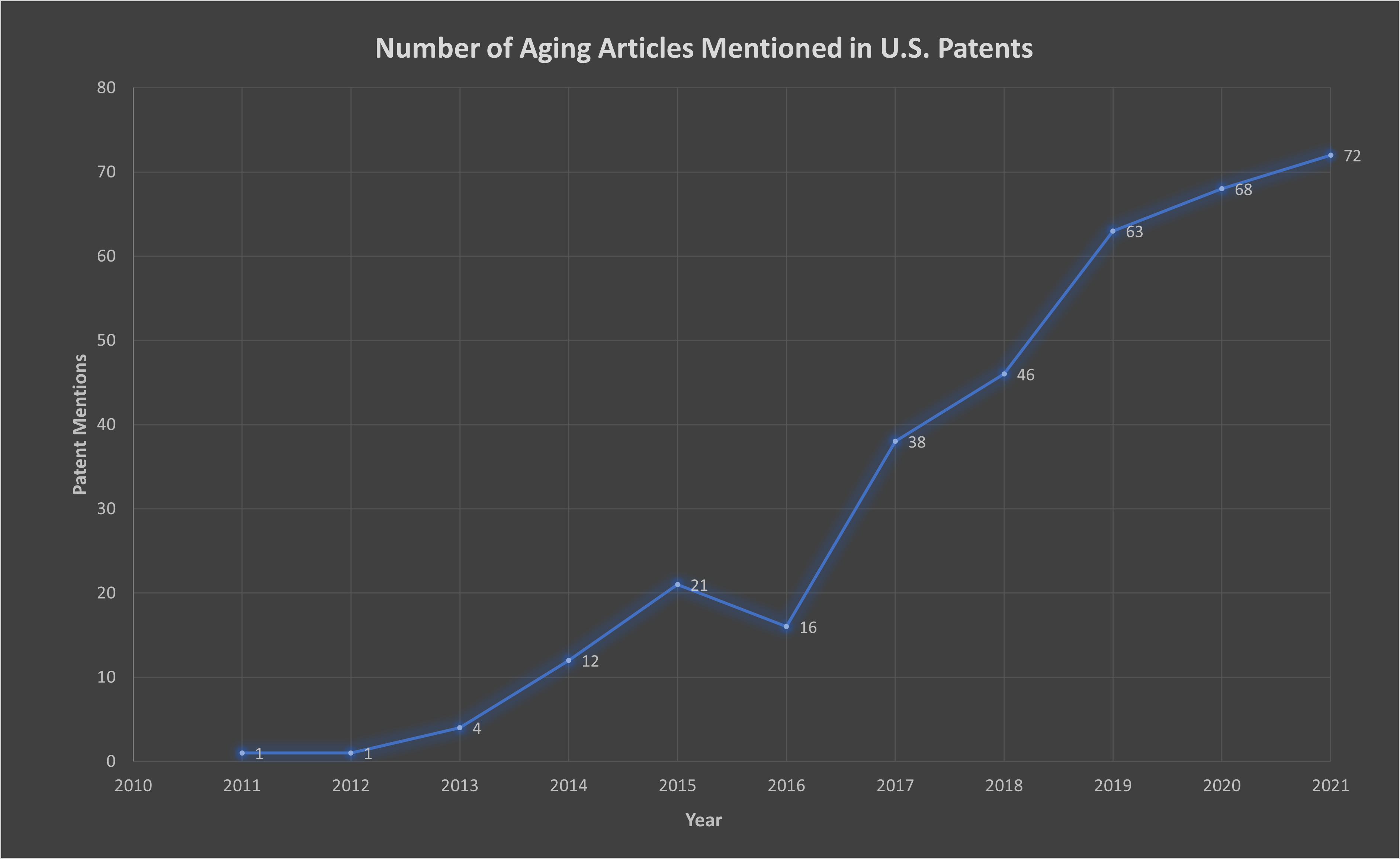Research Paper Volume 14, Issue 6 pp 2475—2506
Hallmarks of aging-based dual-purpose disease and age-associated targets predicted using PandaOmics AI-powered discovery engine
- 1 Insilico Medicine Hong Kong Ltd., Hong Kong Science and Technology Park, New Territories, Hong Kong, China
- 2 Department of Medicine, Section of Hematology and Oncology, University of Chicago, Chicago, IL 60637, USA
- 3 School of Systems Biology, George Mason University (GMU), Fairfax, VA 22030, USA
- 4 Integrative Genomics of Ageing Group, Institute of Ageing and Chronic Disease, University of Liverpool, Liverpool L7 8TX, UK
- 5 Buck Institute for Research on Aging, Novato, CA 94945, USA
Received: January 21, 2022 Accepted: March 6, 2022 Published: March 29, 2022
https://doi.org/10.18632/aging.203960How to Cite
Copyright: © 2022 Pun et al. This is an open access article distributed under the terms of the Creative Commons Attribution License (CC BY 3.0), which permits unrestricted use, distribution, and reproduction in any medium, provided the original author and source are credited.
Abstract
Aging biology is a promising and burgeoning research area that can yield dual-purpose pathways and protein targets that may impact multiple diseases, while retarding or possibly even reversing age-associated processes. One widely used approach to classify a multiplicity of mechanisms driving the aging process is the hallmarks of aging. In addition to the classic nine hallmarks of aging, processes such as extracellular matrix stiffness, chronic inflammation and activation of retrotransposons are also often considered, given their strong association with aging. In this study, we used a variety of target identification and prioritization techniques offered by the AI-powered PandaOmics platform, to propose a list of promising novel aging-associated targets that may be used for drug discovery. We also propose a list of more classical targets that may be used for drug repurposing within each hallmark of aging. Most of the top targets generated by this comprehensive analysis play a role in inflammation and extracellular matrix stiffness, highlighting the relevance of these processes as therapeutic targets in aging and age-related diseases. Overall, our study reveals both high confidence and novel targets associated with multiple hallmarks of aging and demonstrates application of the PandaOmics platform to target discovery across multiple disease areas.
Abbreviations
ADAMTS14: A disintegrin and metalloproteinase with thrombospondin motifs 14; AAD: Age-associated disease; AI: Artificial Intelligence; ALS: Amyotrophic lateral sclerosis; COPD: Chronic obstructive pulmonary disease; CXCR4: C-X-C Motif Chemokine Receptor 4; CXCL12: C-X-C Motif Chemokine Ligand 12; DEG: Database of essential genes; DNMT1: DNA (cytosine-5)-methyltransferase 1; ECM: Extracellular matrix; FDA: Food and Drug Administration; GHR: Growth Hormone Receptor; HSC: Hematopoietic stem cell; IPF: Idiopathic pulmonary fibrosis; ITGB5: Integrin subunit beta 5; KEGG: Kyoto Encyclopedia of Genes and Genomes; KOL: Key opinion leader; logFC: log-fold change; MMP: Matrix metalloproteinase; MSC: Mesenchymal stem cell; NAAD: Non-age-associated disease; RA: Rheumatoid arthritis; SIRT1: Sirtuin 1; SPP1: Secreted phosphoprotein 1; TLR4: Toll-like receptor 4; OA: Osteoarthritis.



